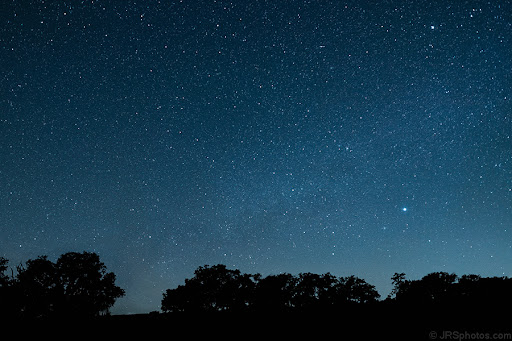As is the case with any question about nature, when a child asks why the sky is blue, the answer you give (here, that blue light is scattered more than other colors) will elicit a subsequent why (because it travels as shorter, smaller waves); and then that answer will yield yet another question: Why is that? Eventually, the final answer is “That’s just the way it is!” In other words, it’s Hashem’s will.
Rav Dessler famously explained that all of nature, no less than a sea splitting, is ultimately a miracle, an act of G-d. What we call miraculous is just a divine-directed happening we’re not used to seeing.
The season of teshuvah, in our Torah-reading cycle, coincides with our parshah, in which we read: “And you will return to Hashem…” (Devarim 30:2).
The most fundamental element of nature, arguably, is time. The past is past, and time proceeds into the future relentlessly. But time itself, too, is a divine creation. Commenting on the Torah’s first words, which introduce Hashem’s creation, “In the beginning…,” Seforno writes: “[the beginning] of time, the first, indivisible, moment.”
And time, too, like the rest of nature, can be manipulated by Hashem’s will. Indeed, as it happens, by our own as well.
Because teshuvah, Chazal teach us, can change past intentional sins into unintended ones. Even, if the teshuvah is propelled by love of Hashem, into merits.
Is that not a changing of the past, the temporal equivalent of splitting a sea?
And that ability to manipulate time may be why, on Rosh Hashanah, unlike on every other Jewish holiday, the moon, the “clock” by which we count the months of the year, is not visible. What’s being telegraphed may be the idea that time need not limit us, if we properly engage the charge of the season.
© 2024 Rabbi Avi Shafran
